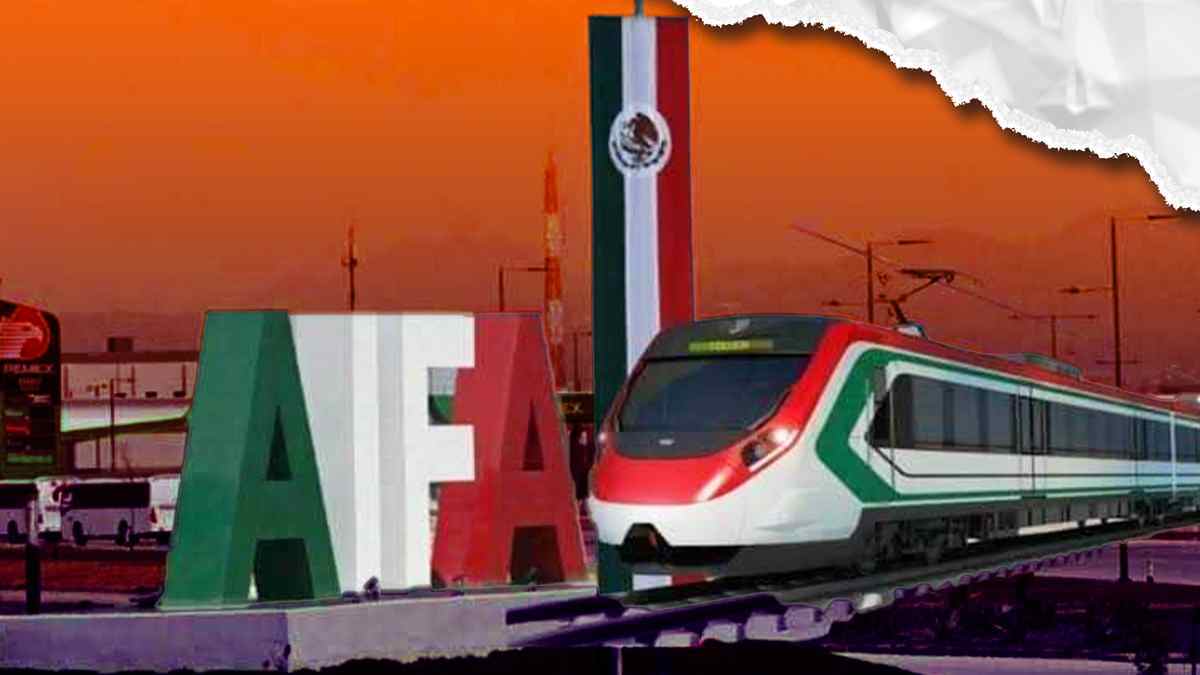Government reports construction of passenger train AIFA-Pachuca

MEXICO CITY - Andrés Lajous Loaeza, head of the Railway Transportation Regulatory Agency (ARTF), announced that the construction of the AIFA-Pachuca passenger train will begin in March 2025, making it the first project of its kind to start this year. He also highlighted that the expansion of the Lechería-AIFA Suburban Train is already 80% complete.
At a press conference at the National Palace, the federal official presented the progress of the Railway Plan for the construction of passenger trains, which, he explained, will provide interurban and regional services with dedicated tracks that will run at maximum speeds of 160 to 200 kilometers per hour and will have main and secondary stations (stops).
In reference to the Lechería-AIFA Suburban Train, he explained that the works are being carried out jointly with the Ministry of National Defense. The route will allow passengers to travel from Buenavista to the Felipe Ángeles International Airport in 39 minutes.
He explained that it will run at a maximum speed of 120 kilometers per hour. It will have three 2.5 kilometer rail viaducts. This transportation system will have 23 kilometers of electrified double track; six stations, a 12-kilometer maneuvering yard; eight pedestrian bridges and nine vehicular bridges; it will have 10 trains for the beginning of operations.
Meanwhile, the AIFA-Pachuca Train, which will begin construction in March of this year, is in the process of defining stops based on demand studies, including those planned for AIFA and others to serve populations in Tizayuca, Temascalapa, Tepojaco, Huitzila and Pachuca. He clarified that the bidding process is expected to be carried out two months before.
The studies are pre-investment, where field surveys were completed to calculate the demand and social considerations with the support of the European Union; in environmental studies, the Environmental Impact Assessment (MIA) was submitted to the Environmental Impact Evaluation Procedure before the Ministry of the Environment and Natural Resources (SEMARNAT).





